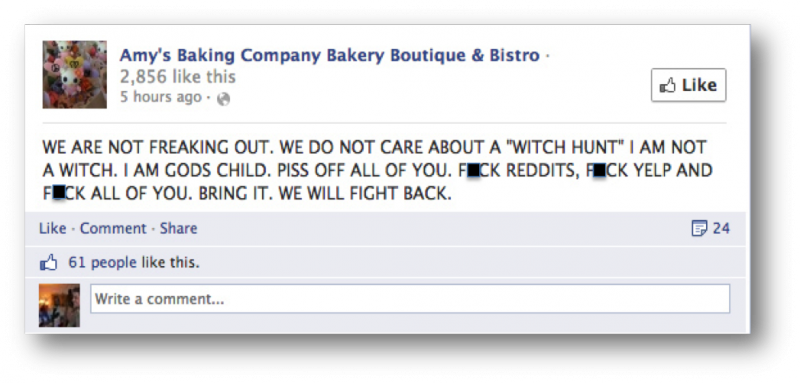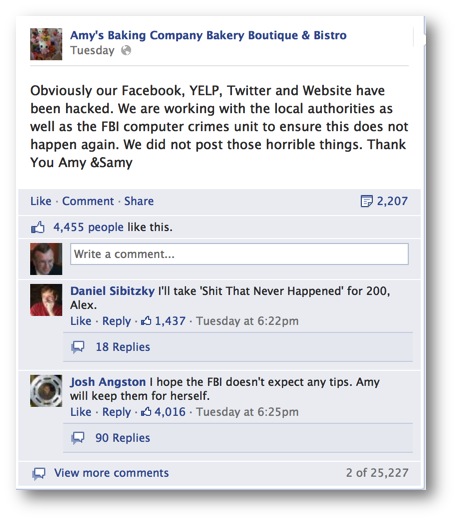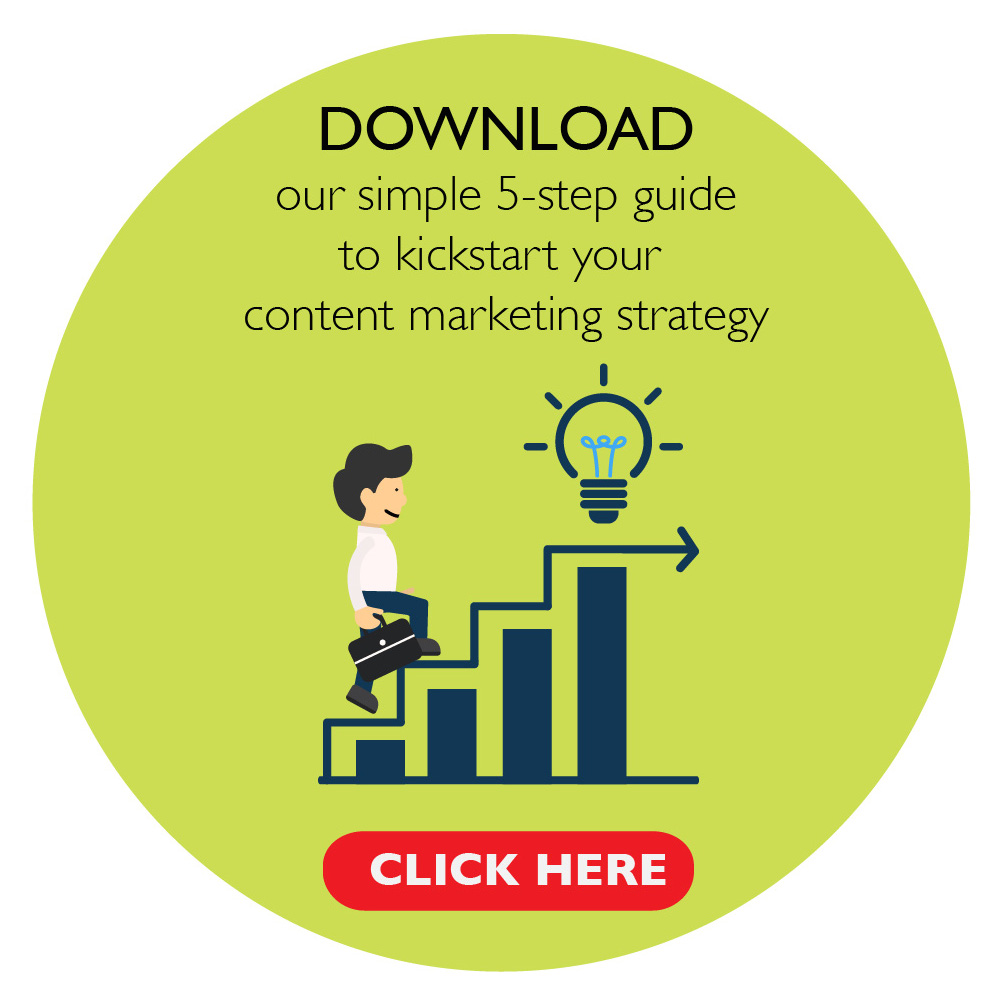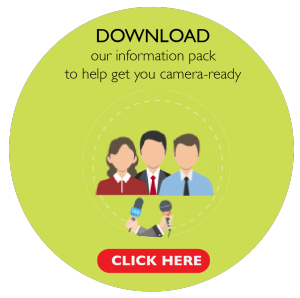Even before the pandemic, PwC research showed that 59% of global consumers surveyed felt companies had lost touch with the human element of customer experience. In fact, 75% of customers surveyed preferred to interact with a human versus an automated machine.
If you are a B2C company, your most important stakeholder is a human being who is craving comfort, connection and a memorable customer experience. The question brands should be asking themselves isn’t is “how do I gain more market share”, but “how can I connect with my customers in a meaningful and relevant way.
In this uncertain era of the pandemic, people are craving that human touch and personal experience even more! Check out our tips on how to engage customers below:
Using social media to connect with customers
Social media platforms, once cluttered with advertisements for products, are now a space for brands to start online conversations, play games, set challenges and host workshops to engage with customers to make followers feel like they’re part of an online community.
Social media gives brands an opportunity to connect with customers virtually and create a memorable experience. Disney, for example, wanted to engage and reward their most loyal Club Mickey Mouse fans during the launch of the fourth season of the popular variety series by having a Club Mickey Mouse Virtual F4NFEST.
The F4NFEST had the Club Mickey Mouse Mouseketeers directly interact with their fans by playing games, taking questions from fans, giving fans a platform to share their fan art and messages to the cast, as well as treating fans to a special preview of what Season 4 has in store.
Get customers voting
The growth of the consumer voting phenomenon can be attributed to the success of many reality shows that get viewers involved by casting their vote for their favourite contestant. Even popular news websites such as BuzzFeed are populated with reader polls covering a variety of topics from the best pizza toppings, to people’s favourite superhero.
Similarly, brands can engage their customers by giving them the power to decide something for your brand. For instance, Singapore Sports Hub got the public to decide how the National Stadium will be lit up on National Day. They invited the public to vote for their favourite light design out of three choices available, and spurred them to answer ‘What makes you proud to be Singaporean’ for a chance to win $560 worth of Kallang Wave Mall vouchers.
Engage followers with fun challenges
From the Dalgona coffee trend, 30-day workout challenges, TikTok dance challenges, the pandemic has given rise to several social media challenges to keep netizens busy during lockdown.
People are always keen to take part in fun social media challenges – especially when a prize is up for grabs! To promote the return of the Spicy Buffalo Chicken Sub, Subway Malaysia wanted followers to feel the heat by joining the #FeelTheHIIT Dance Challenge on TikTok that saw several challenge submissions with a total of 633 million views on the social platform.
Give customers an escape
With more than a year of lockdowns and travel restrictions, Malaysian Airlines seized the opportunity to invoke a sense of nostalgia with an ASMR experience on social media. The Malaysian national carrier released a compilation of sounds that one would normally hear throughout their flight experience, including safety announcements, the hum of the plane engines in the air, the captain’s announcements, and so on.
Small efforts such as these go a long way because customers are seeking more creative, entertaining and immersive experiences. According to Forrester, extended reality – which includes augmented, mixed and virtual reality technologies – is set to increase this year.
Reward loyal customers
Loyalty programs have been around for centuries (since the 1700s in fact!), it’s hard to imagine life without them.
During the lockdown, Pavilion Kuala Lumpur introduced their new loyalty program via their Pavilion Privileges membership where members could receive exclusive rewards and discounts at the shopping mall. On top of that, they also launched a new multi-feature mobile app for members to manage their Pavilion Privileges account and have access to interactive mall navigation, on-the-go mall updates and mobile-exclusive rewards to elevate their overall shopping experience.
Customer engagement is the emotional connection between a brand and their customer. By creating more personal and engaging customer experiences, the hope is that not only your customers will buy more, but they will also help promote your brand and demonstrate more loyalty.
Need help engaging with your customers? Reach out to Mutant’s content and PR specialists at [email protected]




